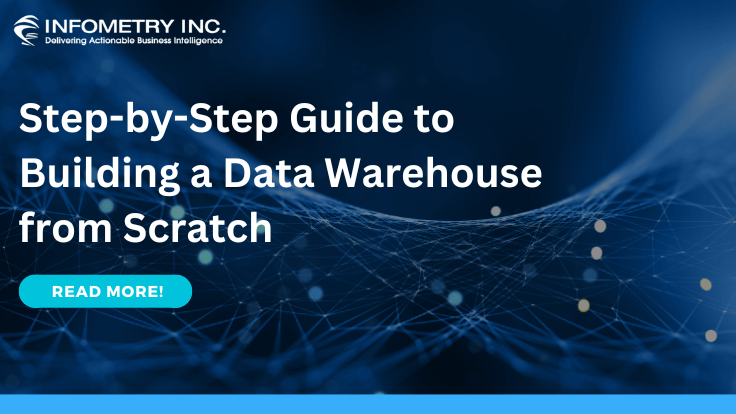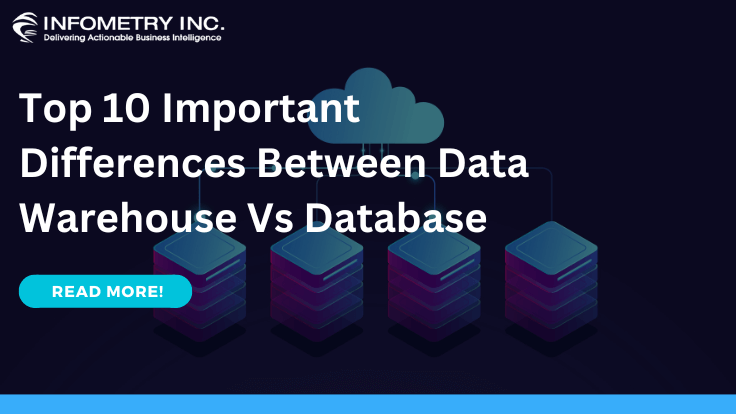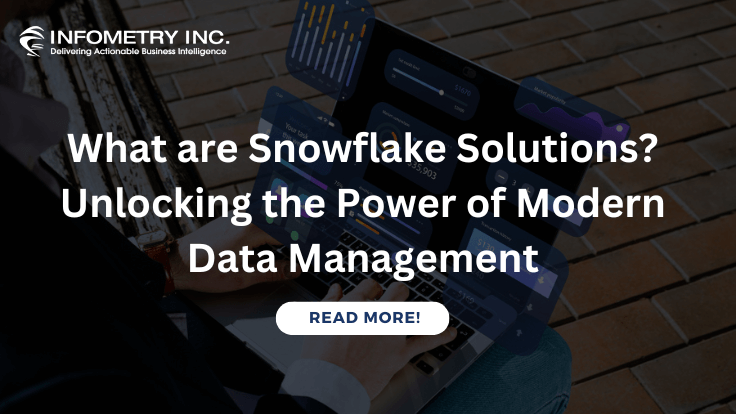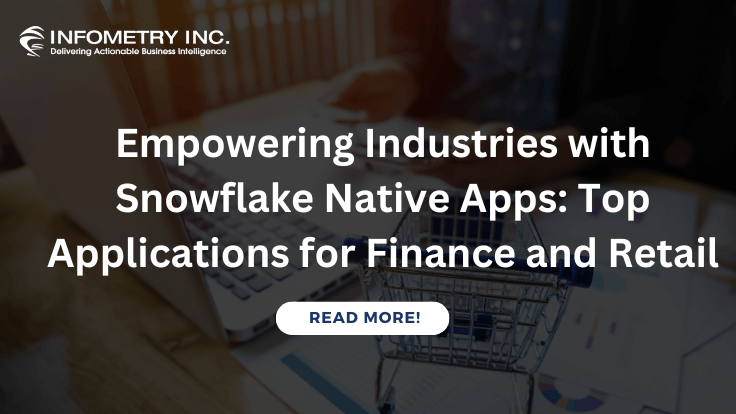
Step-by-Step Guide to Building a Data Warehouse from Scratch
January 16, 2023
Top 10 Important Differences Between Data Warehouse Vs Database
January 20, 2023Data Analytics, Data Analysis, Data Mining, Data Science, Machine Learning, & Big Data
Data is all over the place. Data Analysis, Data Analytics, Data Science, Data Mining, Machine Learning, and Big Data are trending today. The amount of digital data that presently exists is currently developing at a fast speed. The number is multiplying at regular intervals and changing our fundamental method of existence. As per a paper from IBM, around 2.5 billion gigabytes of information were produced daily in 2012. One more article from Forbes illuminates us that information is developing faster than at any time in recent memory. A similar report recommends that continuously 2020, around 1.7 billion new data will be created each second for every one of the human occupants on this planet. As data is developing quicker, new terms for handling and processing data are coming up. As information becomes the driving force of the cutting-edge world, basically everybody has coincidentally found such terms as Data Analytics, Data Analysis, Data Mining, Data Science, Machine Learning, and Big Data at some point. However, what precisely do these terms mean? What differences and relationships exist between them?
So, Let’s Start with Introducing Each Concept
What is Data Analytics?
We should explore what each word infers, beginning with a description of data analytics. Data analytics involves analyzing large amounts of data to recognize designs, answer questions, and make ends. A different and convoluted region regularly uses software, calculations, and automation. Data analytics standards might be applied to every area. Associations employ data analysts to help them make educated and data-driven choices concerning different tasks. Existing information from past events is typically broken down, permitting existing patterns to be perceived. Advanced analytics, diagnostic analytics, data modelling, and prescriptive analytics are a portion of the many types of data analytics.
What is Data Analysis?
Data Analysis includes extraction, cleaning, transformation, modelling and visualization of information with a target to extricate significant and accommodating data, which can be extra helpful in determining ends and decisions. The fundamental reason for data analysis is to look through some crucial data in raw information, so the derived knowledge is frequently used to make important decisions.
What is Data Mining?
It includes building models equipped for anticipating upsides of target factors by applying AI calculations to big data. Data mining is the most common way of gathering information and looking for patterns in that data. It includes designing algorithms to extract insights from large, unstructured data sets by identifying and applying practices.
What is Data Science?
Data science is an idea that covers data purification, preparation, and analysis and is utilized to deal with vast amounts of data. A data scientist gathers information from various sources and uses AI, data modelling, and sentiment analysis to remove valuable data. They can give exact forecasts and insights that might help critical business choices since they understand data from a business perspective.
What is Machine Learning?
Machine learning is the most common way of extracting data, learning from it, and forecasting future trends for a specific subject utilizing calculations. Factual investigation and prescient examination are AI programs that identify trends and uncover hidden patterns in the information. Facebook is a magnificent illustration of AI deployment. Facebook’s AI calculations track each client’s movement on social media. The calculation investigates one’s inclinations and proposes articles and notifications on social media feed based on previous behavior.
What is Big Data?
Big data is large, huge, or voluminous information, data, or essential statistics obtained by large organizations that are challenging to deal with traditional tools. It is the study of gathering and analyzing the massive volume of informational collections to find a hidden pattern that helps in more vital decision-making for firms utilizing specific software and analytical tools. Big data can be organized, unstructured, or semi-organized.
Data Analytics Vs Data Analysis
Data Analytics |
Data Analysis |
| Data analytics then utilizes the data and raw speculation to build upon that and make a model based on the information. | It is the most common way of analyzing and organizing raw data to decide helpful information and choices. |
| It is the umbrella which manages each move toward the pipeline of any information-driven model. | All tasks are involved examining data sets to satisfactory conclusions. |
| It very well may be performed on any information; it would, in any case, have the option to derive meaningful insights that could be useful in moving the enterprise to much more superior levels. | Dataset can be large, medium or little, organized, semi-organized, or unstructured. |
| Data Analytics is utilized to guess and, eventually, finish itself by giving essential data to help in business choices. | It’s an Analytical and business intelligence model. |
| It is significantly utilized for theory testing. | It certainly requires Information visualization. |
| Data Analytics is utilized to task with business investigation issues and determine scientific models. | It is utilized to go with information-driven choices. |
| Extricate essential data from a typically relatively small dataset. It also incorporates predictive modelling, risk analytics, and others. | It requires information on software engineering, measurements, arithmetic, and subject knowledge of Al/Machine Learning. |
Data Mining Vs Data Science
Data Mining |
Data Science |
| Data mining is extracting valuable data, trends, and patterns from massive data sets. | Data science is the most common way of acquiring essential insights from organized and unstructured information using different tools and techniques. |
| Data mining is a technique. | Data science is a field. |
| It is essentially utilized for business purposes. | It is principally utilized for analytical purposes. |
| It is engaged with the cycle. | It emphasizes the science of the data. |
| Data mining intends to make data more significant and usable; it implies extracting only helpful information. | The target of data science is to make a predominant information item. |
| It is a method that is a piece of KDD (Knowledge discovery in database process). | It relates to fields of study like Mechanical engineering, Cloud architecture, etc. |
| It principally manages organized information. | It manages any data like structured, semi-structured, and unstructured. |
Machine Learning Vs Big Data
Machine Learning |
Big Data |
| It involves more information and calculations to predict future results in view of trends. | It manages extraction as well as analysis of information from countless datasets. |
| It incorporates innovations such as supervised, semi-supervised, unsupervised, reinforcement learning, etc. | Big Data can be ordered as structured, unstructured, and semi-structured. |
| It utilizes tools like Numpy, Pandas, Scikit Learn, TensorFlow, Keras, and so on to examine datasets. | It requires tools like Apache Hadoop MongoDB. |
| ML can learn from training information and act wisely to make successful expectations by showing itself by utilizing Calculations. | Big Data analytics pulls raw information and searches for patterns to help in more grounded decision-making for organizations. |
| Machine Learning helps give virtual help, Item Suggestions, Email Spam filtering, and so on. | It helps with various purposes, including Market Analysis, Stock Analysis, etc. |
| The scope of machine learning is vast, such as improving the quality of prediction, improving healthcare services, building strong decision-making capability, cognitive analysis, speech and text recognition, etc. | The scope of big data isn’t restricted to gathering a large amount of data just yet in addition to improving data for analysis. |
| It has many applications such as email and spam filtering, marketing, transportation, product recommendation, infrastructure, medical, education, finance & banking, self-driving cars, etc. | It likewise has a wide range of applications for analysis data storage in an organized configuration like stock market analysis, etc. |
Conclusion
We have seen that Data Analysis, Data Analytics, Data Science, Data Mining, Machine Learning, and Big Data all have parallels and distinctions. Even though the subjects are firmly related in numerous ways, each has its implications, scope, and fields of specialization. Since you have taken in the essentials of Data Analysis, Data Analytics, Data Science, Data Mining, Machine Learning, and Big Data, the time has come to get some hands-on experience with these exciting and quickly developing advancements.




